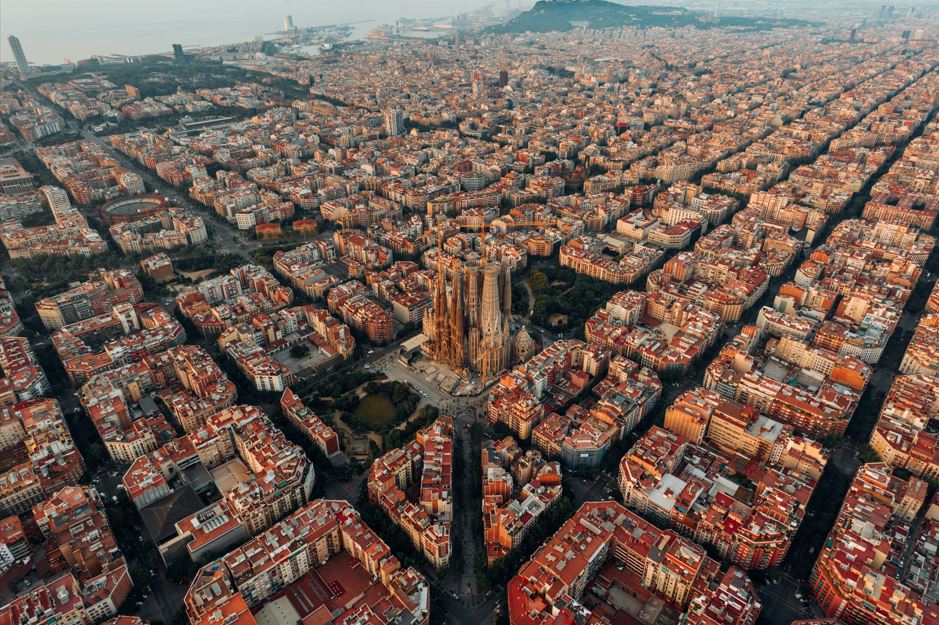Museum architecture is not only a medium to display art, but forms an essential part of the visitor experience. How the spaces are laid out, the way the light moves through the space and the careful selection of materials greatly influence the perception of and interaction with the artworks. From a display with filtered natural light to dimly lit exhibition halls, each architectural detail is carefully planned. Ultimately, the intention is to underline the beauty and impact of the art.
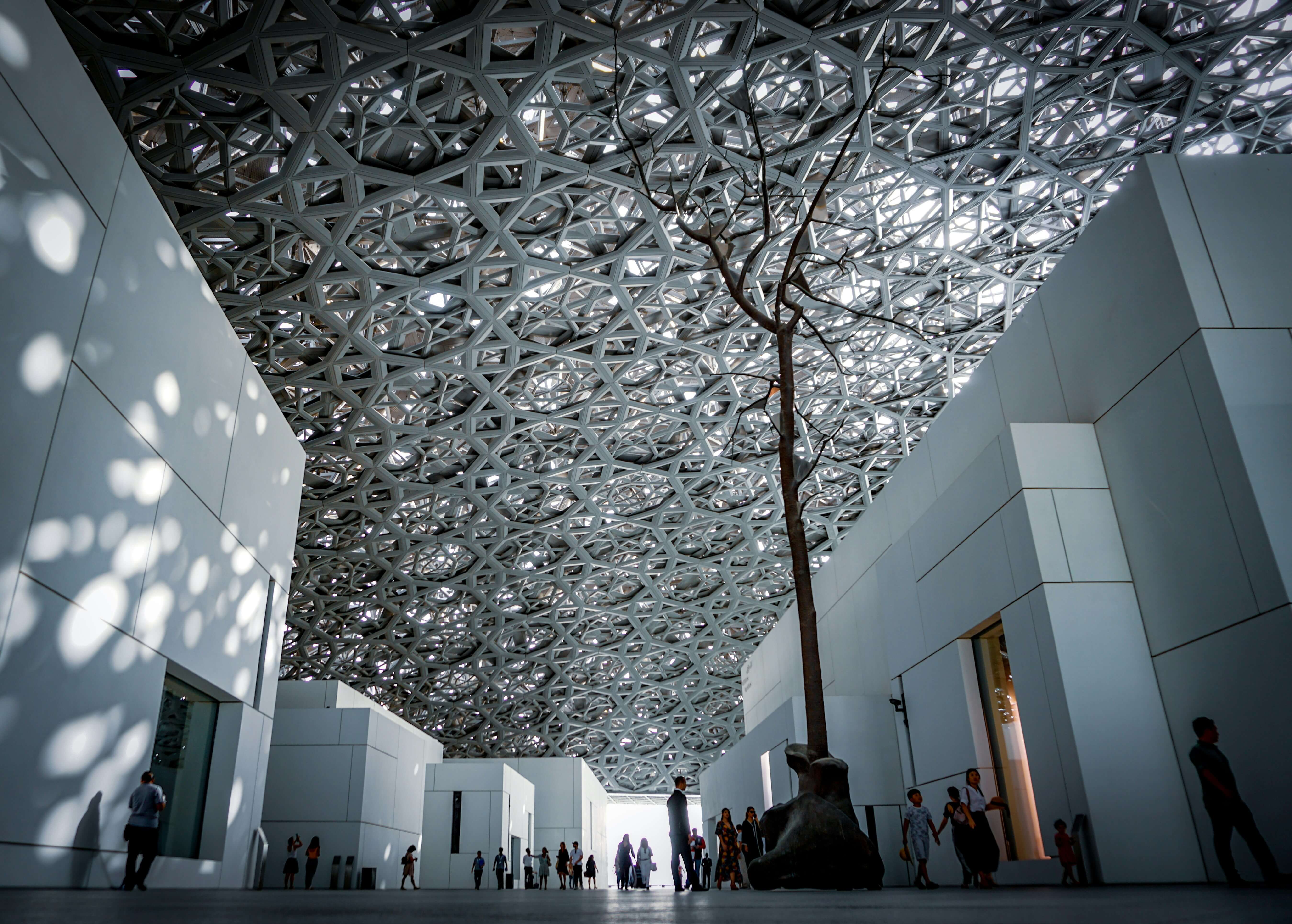
Image 1. Louvre Museum in Abu Dhabi, Arab Emirates. Source: unsplash
The interior design of these spaces goes beyond simple decoration. It focuses on creating atmospheres that enhance the aesthetic experience. The layout of the artwork, the selection of colours and materials, and even the ergonomics of the spaces are carefully designed to submerge the visitor in a sensory journey. This is reflected in the austerity of classic art museums as well as the avant-garde style of contemporary art centres. Each interior space tells its own story and enriches the narrative of the museum as a whole.
Going beyond being mere storehouses for the art, museums are built as laboratories of architecture and interior design. Here in this blog, we’ll take a fascinating journey through the universe where these two domains converge. We’ll give life to memorable experiences within museum venues. Then, we’ll explore how these elements fuse to create spaces that inspire creativity and educate and captivate their visitors.
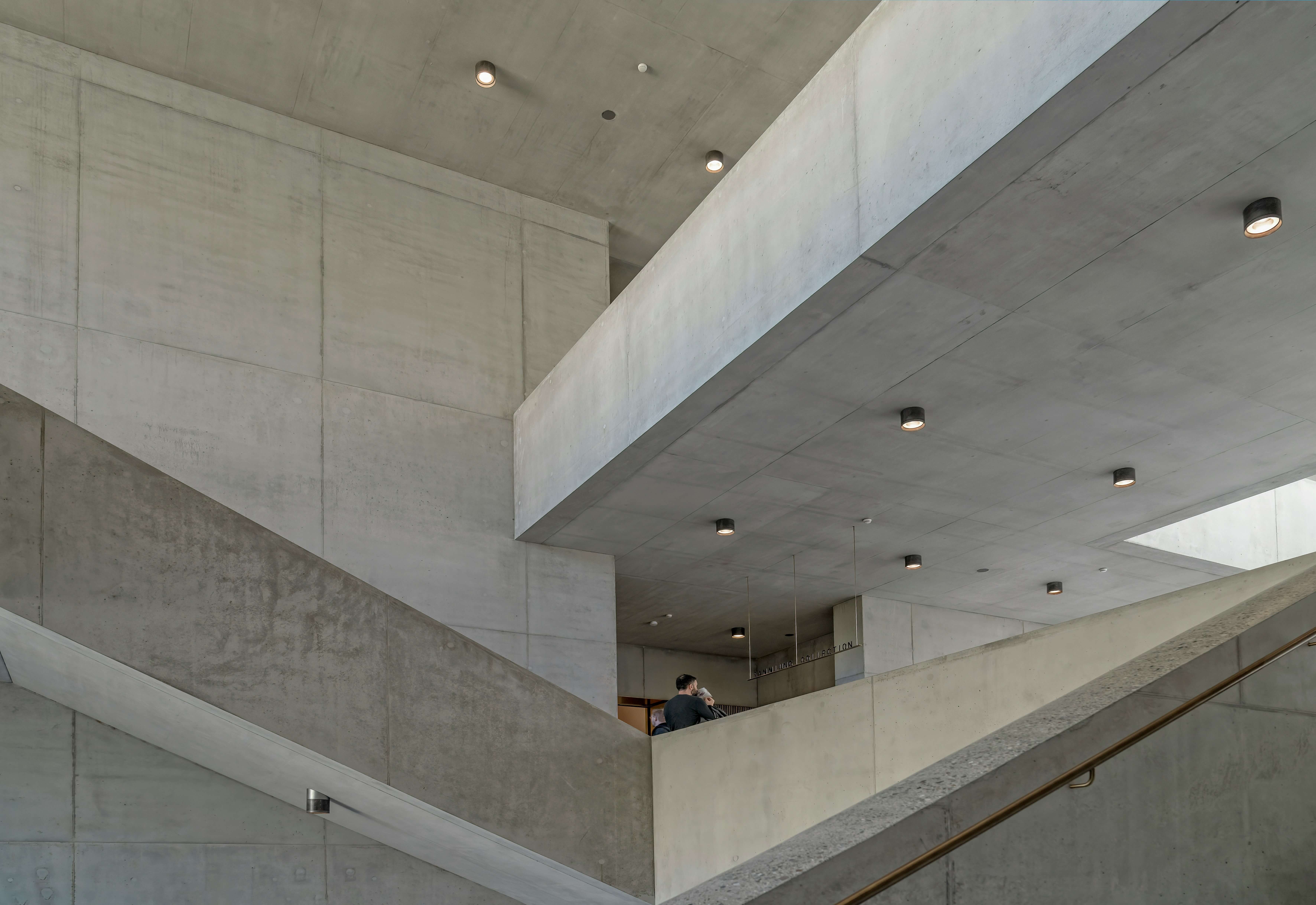
Image 2. Kunsthaus Museum in Zürich, Switzerland. Source: unsplash
Highlighting the uniqueness of museums
Firstly, it is important to highlight the distinct architectural features that make each museum so unique. From the emblematic Guggenheim in Bilbao, with its spectacular design by Frank Gehry, to the impressive Louvre in Paris, with its majestic neoclassical style, each structure tells its own story and serves as the incredible backdrop for the artwork it holds. Clearly, the interaction between the museum’s architecture and its urban environment is of the utmost importance. It creates a symbiotic relationship between the art and the city.
However, the architecture of these buildings is more than a mere frame for the art. It also plays an important role in the visitor experience. For example, the filtered natural light at the New York Museum of Modern Art (MoMA) highlights the beauty of the paintings and sculptures. In contrast, the dark, enveloping halls of the Guggenheim Museum in New York guide the viewer on a sensory journey through the collection.
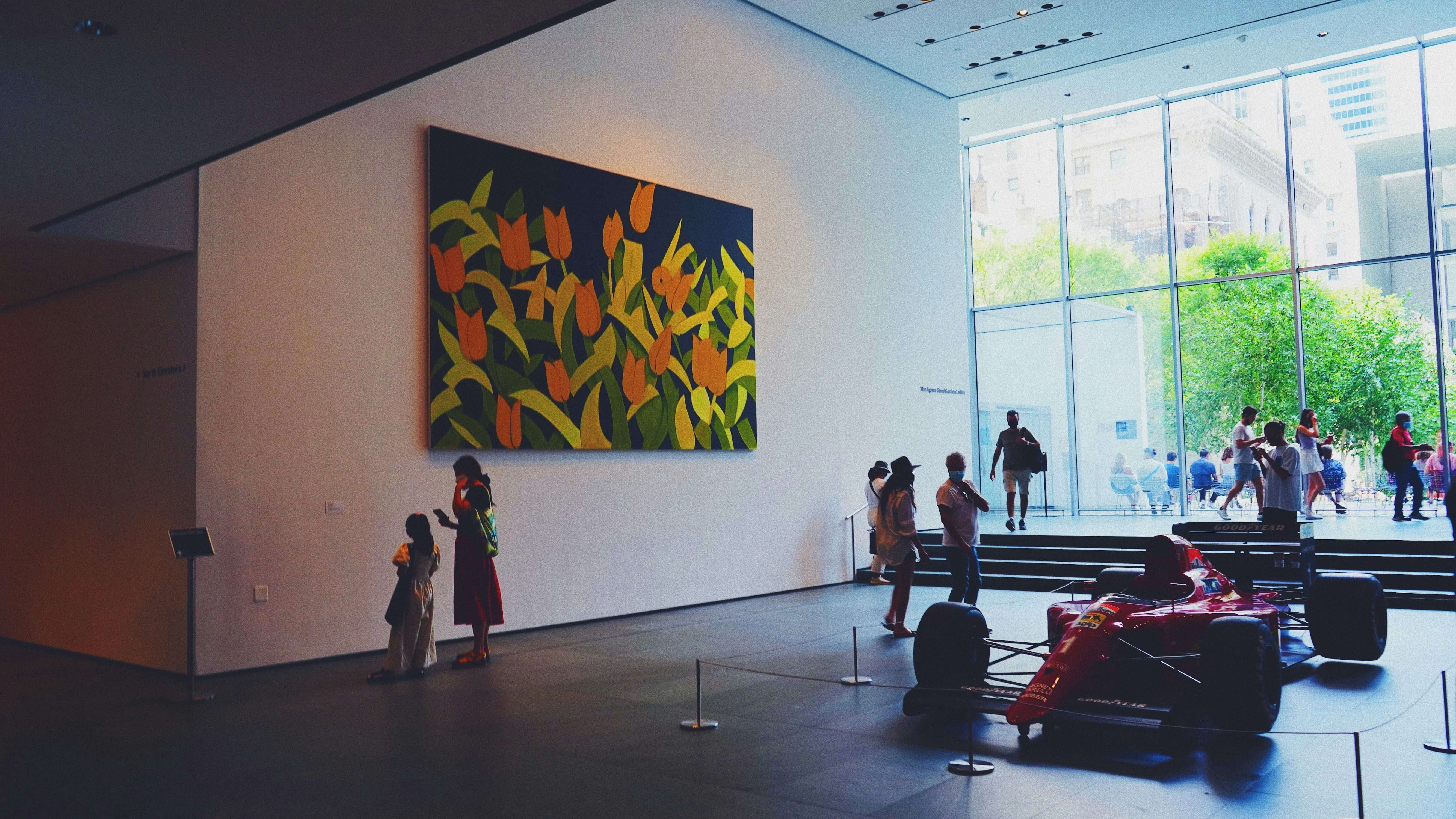
Image 3. The Museum of Modern Art, New York, USA. Source: unsplash
The Museum of Modern Art in New York (MoMA)
In the New York Museum of Modern Art (MoMA), the connection between architecture and art is very significant. This is revealed in various ways.
For instance, the architecture of the MoMA building makes it a piece of art in itself. Designed by architect Yoshio Taniguchi and later renovated by the firm Diller Scofidio + Renfro, the MoMA is a notable example of contemporary architecture that reflects the minimalist and functionalist nature of modern art. Its clean lines, open spaces and modern materials, such as glass and steel, create an atmosphere that is in perfect harmony with the artworks it houses.
The layout of the interior spaces is also crucial for the visitor experience and their interaction with the art. The galleries are carefully designed to guide the viewer through a visually coherent story. At the same time, the transitional spaces—the stairs and vestibules—become opportunities for contemplation and reflection.
Minimalist and functional approach
With regards to the interior design, the MoMA also stands out for its minimalist and functional approach. Its interior spaces are elegant and subdued, allowing the artworks to be the undeniable stars. Meanwhile, the layout and selection of the furniture and accessories complement the modern aesthetic of the building. Together, these factors create an atmosphere that enhances the visitor experience.
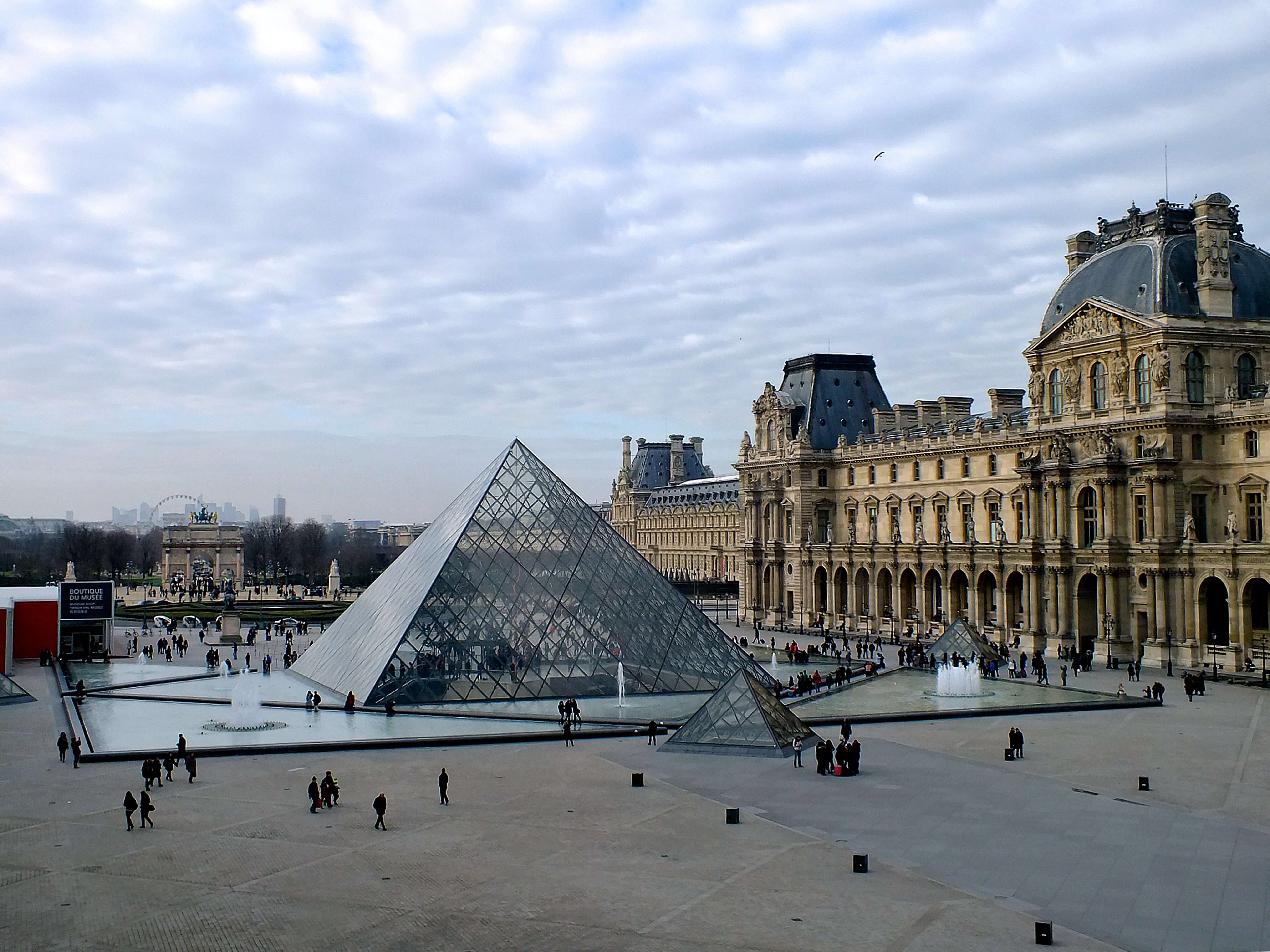
Image 4. Louvre Museum, Paris, France. Source: unsplash
The Louvre in Paris
Similarly, the relationship between architecture and art at the Louvre Museum in Paris is extremely profound and significant. This creates a unique meeting point for history, culture and aesthetic beauty.
The main Louvre building, a majestic architectural masterpiece in neoclassic style, was originally built as a 12th-century fortress. It was later transformed into a royal palace in the 16th century. Impressive architecture, characterised by its symmetry, grand proportions and ornamental details, creates a magnificent stage for some of the most iconic artworks in the world.
Furthermore, the layout of the Louvre’s interior spaces reflect the building’s historical evolution as a royal palace and museum. Visitors can explore an intricate web of passageways, galleries and halls, each with its own story and charm. From luxurious royal apartments to modern underground galleries, each space carries part of the Louvre’s history and enriches the experience.
The lighting is another key aspect
Lighting is also an important part of the relationship between the architecture and the art in the Louvre. Natural light filters through the windows and skylights, emphasising the beauty and grandeur of the artworks. This creates an atmosphere that invites contemplation and admiration. Additionally, the careful artificial lighting accentuates specific details of the works and guides the visitor’s eye.
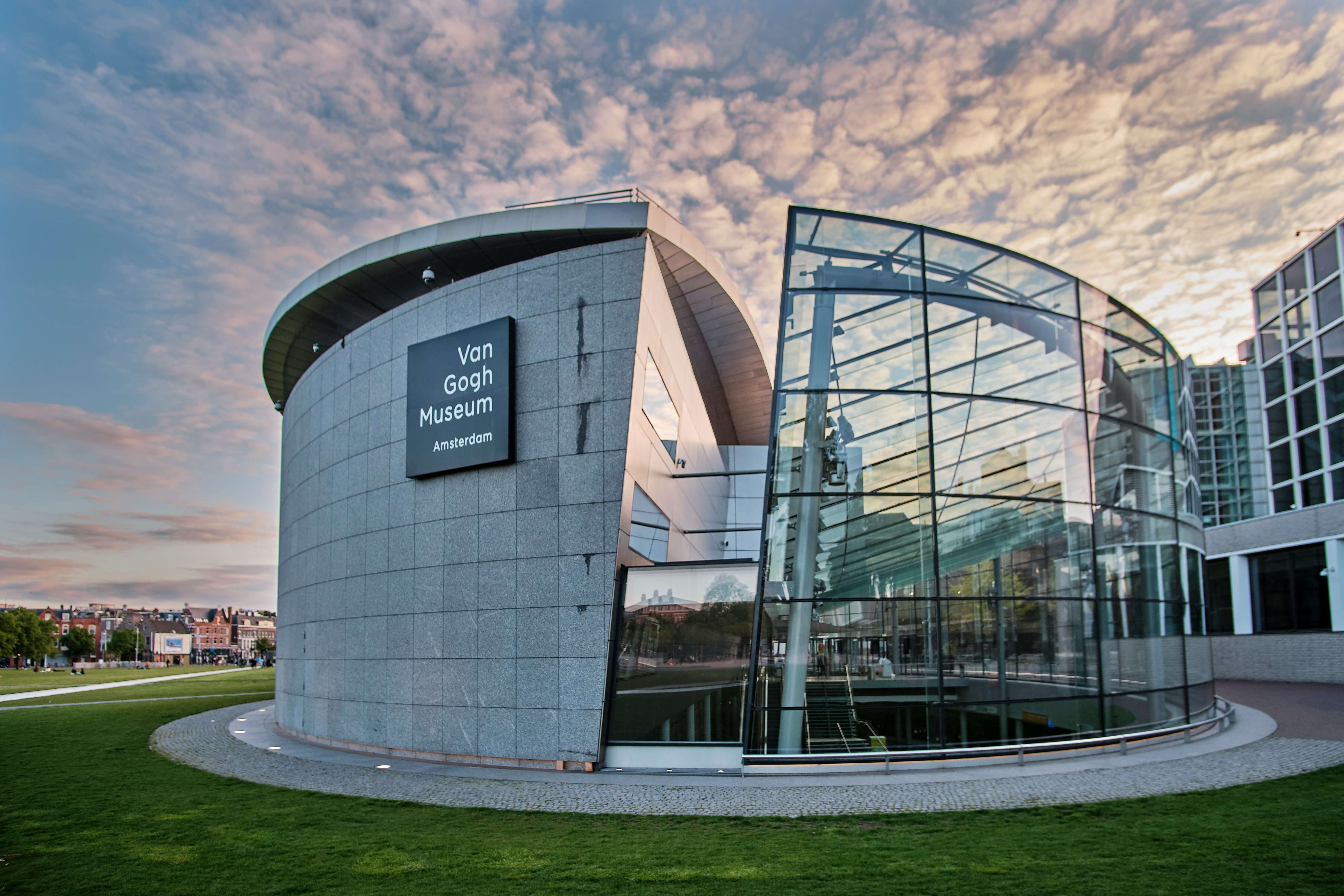
Image 5. Van Gogh Museum, Amsterdam, Netherlands. Source: unsplash
Van Gogh Museum in Amsterdam
At the Van Gogh Museum in Amsterdam, the relationship between architecture, design and the exhibited art is truly unique. From the moment one approaches the building—designed by Gerrit Rietveld and later renovated by Kisho Kurokawa—the connection between the architectural structure and the essence of Van Gogh’s art becomes clear.
The design of the museum building reflects the simplicity and clarity characteristic of Van Gogh’s painting style. The choice of materials, the layout of the spaces and the colour palette are all carefully thought out. Combined, they create an atmosphere that complements and highlights the artist’s work.
Inside the museum, the layout of the galleries and the lighting play an important role in presenting Van Gogh’s masterpieces. Firstly, the halls are designed to guide the visitors on a chronological route through the life and work of the artist. This allows them to discover his artistic evolution in a coherent and emotional way. Lighting, both natural and artificial, is masterfully used to highlight the vibrant colours and texture characteristic of Van Gogh’s paintings, creating an atmosphere that transports the viewer directly into his world.
Minimalist and functional aesthetic
With regards to the interior design, the museum has a minimalist and functional aesthetic. This allows for the artworks to be the centre of attention. The interior spaces are full of light and very spacious, which provides a blank canvas that allow Van Gogh’s paintings to shine in all their splendour. The layout of the works is also carefully planned. Each piece is exhibited individually while still maintaining the relationship with the others in a continuous visual dialogue.
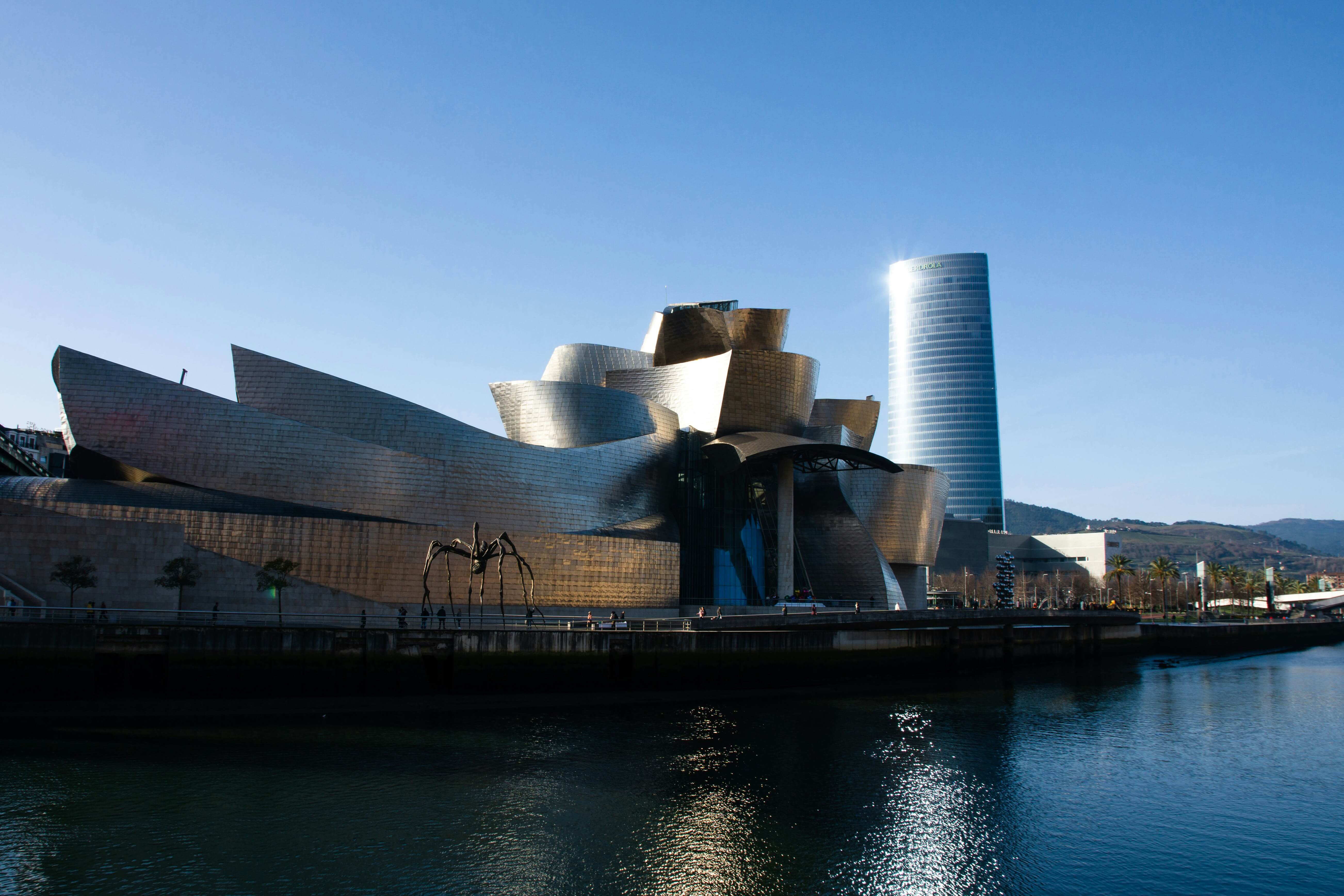
Image 6. Guggenheim Museum, Bilbao, Spain. Source: unsplash
The Guggenheim Museum
The Guggenheim Museum in Bilbao is an architectural masterpiece designed by the famous architect Frank Gehry. Its connection to the art exhibited inside is truly fascinating and unique.
Innovative and futuristic design
The innovative and futuristic design of the Guggenheim Museum building makes it a work of art in itself. Curved shapes, shiny titanium covering and a gravity-defying structure appear as soon as you approach the museum. Gehry’s iconic design creates a striking visual experience that gives a preview to the singularity of the contemporary art displayed inside.
Similarly, the layout of the spaces inside the Guggenheim Museum is just as impressive. Its interconnected galleries link together in an organic, fluid way. This unique design allows visitors to explore the art collections in a way that feels like a journey. Each turn around a corner reveals a new perspective of the space and the art it houses.
In the Guggenheim Museum, lighting is another key aspect in its connection to the art. Natural light filters through glass walls and skylights, creating a light, dynamic atmosphere that transforms our experience of the artworks. Artificial lighting is also creatively used to highlight specific aspects of the pieces and create impressive visual effects.
With regards to the interior design, the Guggenheim Museum is characterised by its modernity and elegance. The interior is spacious and provides the perfect canvas on which to display the artworks. The arrangement of the pieces is done with the highest care, creating a visual narrative that invites visitors to explore and discover the art in a new, exciting way.
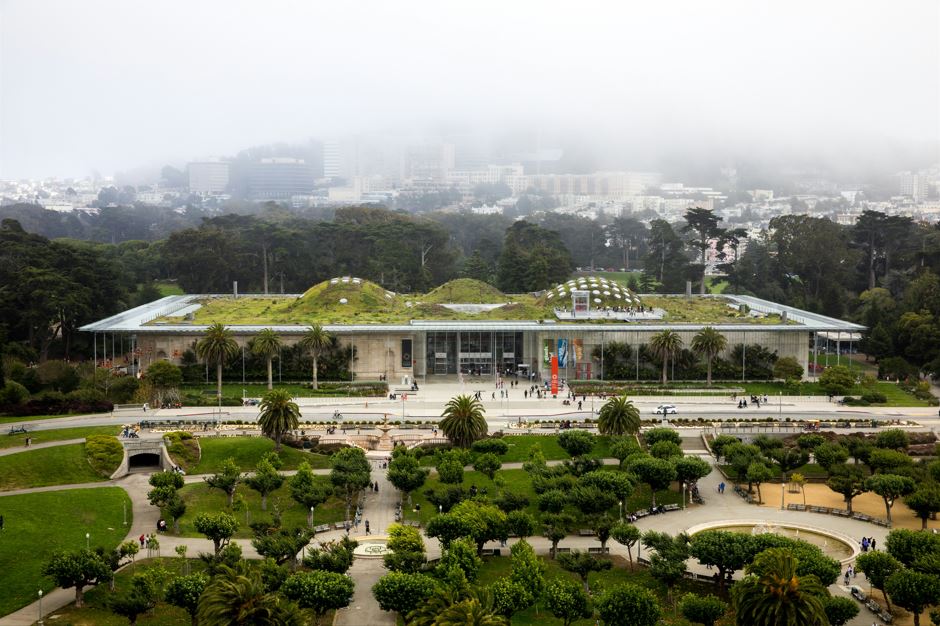
Image 7. California Academy of Sciences, California, USA. Source: unsplash
Emerging trends in the design of new museums
In addition to exploring the relationship between architecture, interior design and the artistic experience in existing museums, it is also very interesting to analyse emerging trends in the design of new museums. In a world that is increasingly aware of the environment, sustainability is becoming a key consideration in architectural design. An example of this approach is the California Academy of Sciences located in California, USA. It has made a commitment to ecological design throughout its headquarters. For example, this museum’s roof spans 10,000 square metres and is covered by plants that act as natural thermal insulation. This resource enables the absorption of over 13 million litres of water per year. Furthermore, it also helps reduce the use of electricity for heating.
Likewise, technology is changing the way in which we interact with art. Museums are incorporating augmented reality, virtual reality and other digital innovations to enrich the visitor experience. This adaptability is becoming increasingly important as museums seek flexible spaces to house a wide range of exhibitions and events.
In conclusion, the connection between architecture, interior design and the artistic experience in museums constitute a fascinating crossing point between art, design and functionality. Upon examining the unique architectural characteristics of different museums, as well as emerging trends, we reach a deeper understanding of how these spaces mould our perception and judgement of art, making connections between art, history and the urban environment. Understanding these distinctive architectural characteristics enriches our appreciation of artistic and cultural heritage.

